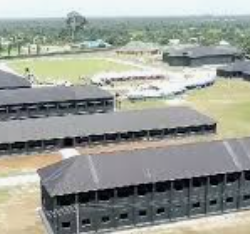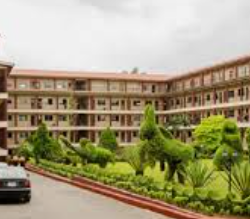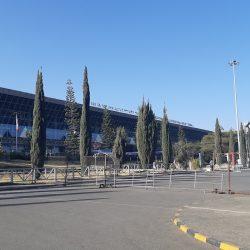The city of Cotonou is systematically connected by road to various neighbouring countries such as Niger, Burkina Faso, Nigeria and Togo. As a result, passengers must choose the station of their destination carefully. The city employs a mixed road network, asphalt and unpaved roads. They are both effective, but vary on the importance of weather.
The agglomeration also has a railway line that connects it to Parakou, in the northern part of Benin, via the Benin-Niger line.
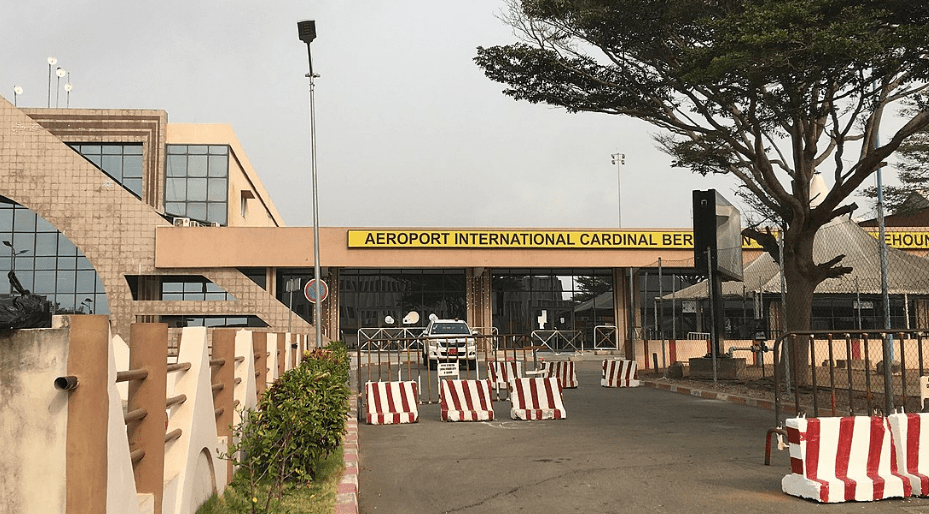

Cotonou has its own international airport. An airport with connections to other Western capitals such as Paris or Brussels.
More on Cotonou
Cotonou is the commercial capital of Benin and the largest city in the country.
Cotonou has great cultural richness with various historical monuments containing notorious events of the past during European domination.

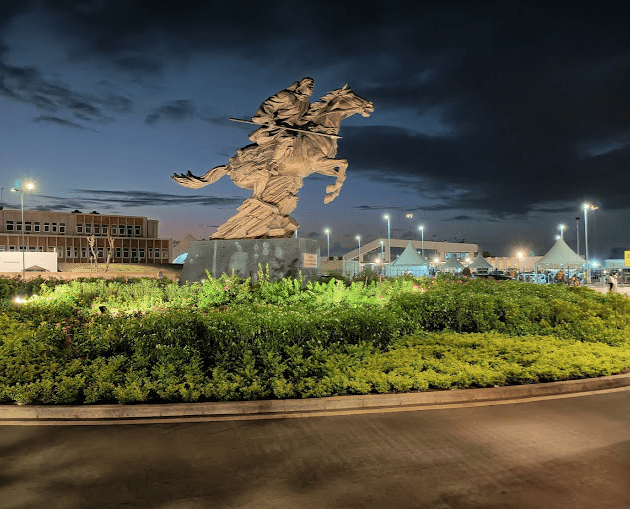



Whether it’s a crowd bath at the Dantokpa market or a return to calm on Fidjrossè beach, Cotonou knows how to make travelers happy.
Cotonou history
Cotonou was formerly a fishing town.
It developed over the years especially under King Dahomey named Glèle (1858 – 1889). He created a commercial post in the city, which attracted the first European firms from Ouidah.
Gradually, many agencies were established in Cotonou, replacing the fishermen with royal officials and their slaves.
On May 19, 1868, the territory was ceded to France following a treaty signed with Glèle.
This treaty, which was not to everyone’s taste, was called into question by Béhanzin, Glèle’s son, when he died a few years later.
Present day Cotonou
At present, Cotonou is not only the economic capital of Benin but also a reference point in Benin in terms of tourist destination.
Its population was recorded to be over 700,000. The agglomeration has experienced a population growth of 4% every year for the past 20 years. More than half of the population of Cotonou is able to speak and write in French.
For travel enthusiasts in Africa, discovering Cotonou is always an attractive choice. Cotonou is a city with a sometimes chaotic hustle and bustle, which is constantly teeming with zemidjan, these motorcycle taxis that have become one of the symbols of the city.
In Cotonou there are multitude places such as the Zinsou Foundation, a private museum set up in 2005, which is dedicated to contemporary African art, social action as well as pure African culture.
Someone can also explore the famous Olympic Museum, which has been open for over 20 years. The facility is home to more than 1250 collector’s items, from medals to Olympic torches.
Also, Cotonou has the only museum of natural sciences in all of Benin.
Another site to-see in Cotonou is its gigantic market, the Dantokpa. Considered one of the largest international markets in the world, it is spread over almost 20 hectares and displays a plethora of items, ranging from fabric and food to food and food to food and food products.
For those who would like to escape the hustle and bustle of the city, Fidjrossè beach can be a good option. It stretches for several kilometres and usually attracts families and groups of friends.
Cotonou climate
As far as the climate is concerned, Cotonou is typically tropical. The city experiences two rainy seasons each year, the first of which takes place in April-July, and the second in September-October.

The rest of the time, the months are dry. The ideal time to enjoy pleasant temperatures of around 27°C-30°C is from December to March.
How to get around Cotonou
The city of Cotonou uses a multitude of means of transport. As everywhere in West Africa, the bus remains the most used means of transport for the occupants, but often remains disorganized. After the bus, there are the “Zem” or motorcycle taxis, the most used means of transport in Cotonou after the bus. For taxis, you can choose between the city taxi and the teletaxi, one is a bit modest and the other is more comfortable.
Things to do in Cotonou

• Take a walk at the Palais des congrès
• Discover the International Conference Centre (ICC)
• Visit the Church of Our Lady of Mercy: the city’s main Catholic shrine
• Spend a full day at the Zinsou Foundation Museum
• Explore Dantokpa International Market: West Africa’s largest open-air market
• Relax at Fidjrosse Beach
Reference: voyage-benin.com/guide-benin/destination/cotonou
Benin Republic
The Republic of Benin is a country in West Africa.
Capital: Porto-Novo
Continent: Africa
Currency: West African CFA franc
Official language: French
Population: 13 million (2021) World Bank
Area: 112,620 sq km
Dialing code: +229
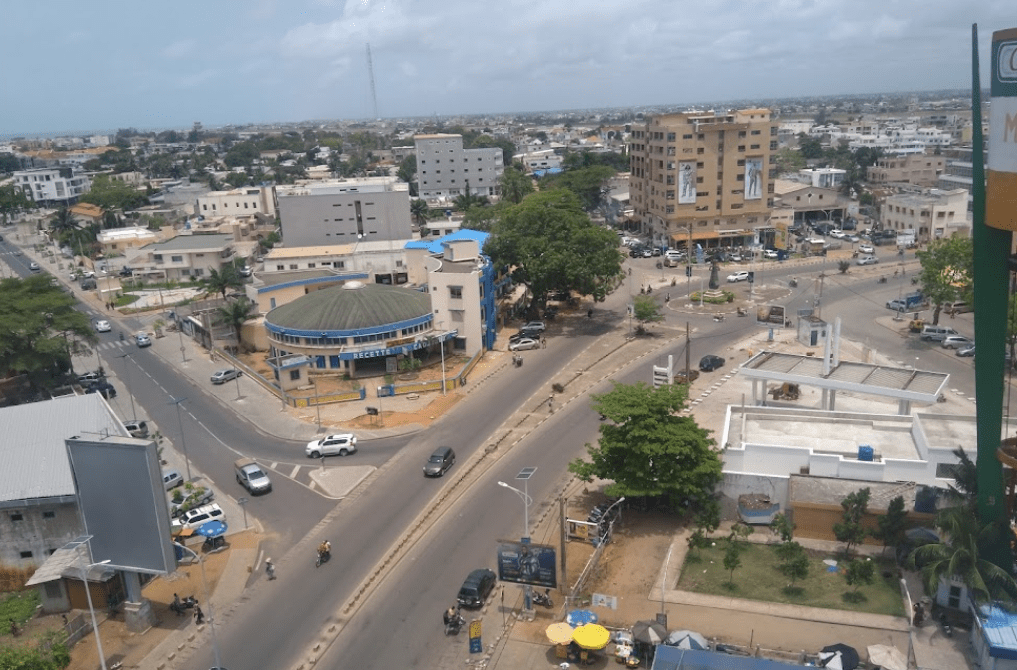

Benin is bordered by Togo to the west, Nigeria to the east, Burkina Faso to the north-west, and Niger to the north-east.





It is home to the former Dahomey Kingdom from circa 1600–1900.
Majority of its population lives on the southern coastline of the Bight of Benin, part of the Gulf of Guinea in the northernmost tropical portion of the Atlantic Ocean.

The capital is Porto-Novo. The seat of government is in Cotonou, the most populous city and economic capital.
Land area
Benin has a land area of 114,763 square kilometres (44,310 sq mi) and its population in 2021 was estimated to be 13 million.
Economy
It is one of the least developed, with an economy significantly dependent on agriculture. It is an exporter of palm oil and cotton.
Tourism
Pendjari National Park offers safaris with elephants, hippos and lions.
Departmets (states)
Benin is divided into twelve states, known as departments (French: départements) which are subdivided into 77 communes. In 1999, the previous six departments were each split into 2 halves, forming the later twelve.
The 12 departments (states) of Benin Republic are:
- Alibori
- Atakora
- Atlantique
- Borgou
- Collines
- Kouffo
- Donga
- Littoral
- Mono
- Ouémé
- Plateau
- Zou


People
The majority of Benin’s 11,485,000 inhabitants live in the south of the country.
About 42 African ethnic groups live in this country, including the Yoruba in the southeast (migrated from Nigeria in the 12th century); the Dendi in the north-central area (who came from Mali in the 16th century); the Bariba and the Fula in the northeast; the Betammaribe and the Somba in the Atakora Mountains; the Fon in the area around Abomey in the South Central and the Mina, Xueda, and Aja (who came from Togo) on the coast.



Migrations have brought other African nationals to Benin that include Nigerians, Togolese, and Malians.
The foreign community includes Lebanese and Indians involved in trade and commerce.
Religion
A year 2020 estimate puts the percentage of Christians population in Benin at 52.2%, Muslim 24.6%, Animist 17.9 and followers of other faiths or those with no religion at 5.3%.

Traditional religions include local animistic religions in the Atakora (Atakora and Donga provinces), and Vodun and Orisha veneration among the Yoruba and Tado peoples in the center and south of the nation.
The town of Ouidah on the central coast is the spiritual center of Beninese Vodun.
Foods
Benin cuisine involves fresh meals served with a variety of key sauces.
In southern Benin cuisine, an ingredient is corn which has been used to prepare dough which has been served with peanut- or tomato-based sauces.
Fish and chicken, beef, goat, and bush rat are consumed.
A staple in northern Benin is yams which has been served with sauces mentioned above.
The population in the northern provinces use beef and pork meat which is fried in palm or peanut oil or cooked in sauces.
Cheese is used in some dishes. Couscous, rice, and beans are eaten, along with fruits such as mangoes, oranges, avocados, bananas, kiwi fruit, and pineapples.
Meals are said to be generally light on meat and generous on vegetable fat.
Frying in palm or peanut oil is a meat preparation, and smoked fish is prepared.
Grinders are used to prepare corn flour, which is made into a dough and served with sauces.
Chicken is roasted over a fire on wooden sticks.
Palm roots are sometimes soaked in a jar with salt water and sliced garlic to tenderize them, then used in dishes.




